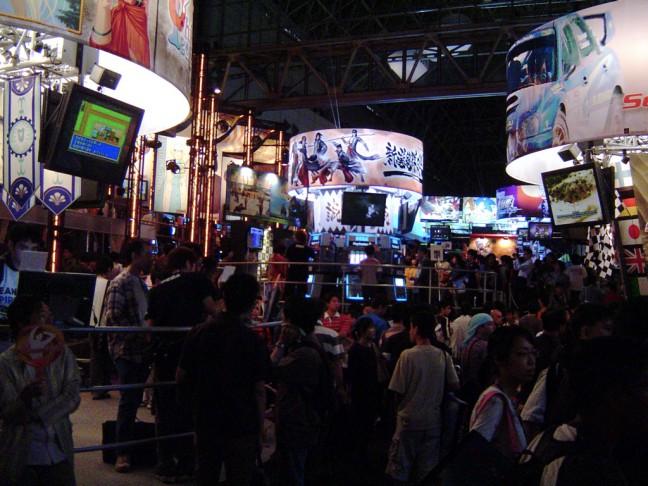The 2013 Tokyo Game Show concluded Sunday after four days of showing off the best video games the industry has to offer. While the influence of TGS on the gaming industry has waned since its inception in 1996, this year’s show expanded in size, both by increasing the floor space available within Tokyo’s Makuhari Messe convention center and by shattering previous attendance records for the event. It was quite a pleasant showing for a Japanese gaming industry that, not even five years ago, was declared dead by famed “Mega Man” creator Keiji Inafune.
The Tokyo Game Show may not be as monumental an event as it used to be—when virtually all the big players were based in Japan—but it still remains the largest video game expo in Asia and the last big show of the year before the rush of games and new consoles are released in the fall. Featuring developers from 33 countries, most of the 962 games on the show floor were mobile games, reflecting a worldwide trend in the industry, and many more games solely focused on a Japanese audience. The most talked-about Western game on the show floor, by far, was Respawn Entertainment’s “Titanfall.” The game is a first-person shooter featuring jetpacks and giant mech suits from the former Infinity Ward developers responsible for creating Activision’s blockbuster “Call of Duty: Modern Warfare 2.”
With Nintendo a perennial no-show to the event on policy — despite having ended its own competing show, Nintendo Space World, in 2001 — Sony was the only Japanese console manufacturer to attend the show. No new games were announced at the TGS; this was one of the first times many previously announced games were available in their playable form, such as the PS4 pack-in “The Playroom” or Konami’s “Deep Down.” Sony’s biggest announcement was the PSVita TV, revealed in a pre-show press conference and further demonstrated at the show. The small device connects to the television, allowing the user to play any PlayStation Vita game on a bigger screen using the Dualshock 3, the same controller used with the PlayStation 3. The most impressive feature of the Vita TV, however, is its remote play ability, which will allow users to stream games from their soon-to-be-released PlayStation 4 on the Vita TV. It also allows use of the PS4 on any screen in the house without the necessity of lugging around hardware from place to place. The device has only been announced for Japan, and will run for approximately $100. The PS4, in a shocking announcement, won’t be released in Sony’s home country until February 2014.
Microsoft made a return to TGS this year to show off the new Xbox One, after sitting out last year due to dismal sales of the Xbox 360 within the region. The only American console manufacturer is trying to make inroads into the country by featuring many games in its lineup with a Japanese audience in mind. Such Japanese-focused games include “D4 (Dark Dreams Don’t Die)”—made by “Deadly Premonition” creator Hidetaka “Swery65” Suehiro—which is an episodic murder mystery featuring the use of the Xbox One’s Kinect, and “Crimson Dragon,” from Yukio Futatsugi, creator of the acclaimed “Panzer Dragoon” series.
The first two days of the show were business days only, featuring many talks from developers and influential figures in the industry. The latter two days were open to the public. More than 270,000 visitors walked through the convention center over that four-day span, beating last year’s attendance by more than 47,000. Next year’s event, which will run next year from Sept. 18 to Sept. 21, will most likely be even larger.


